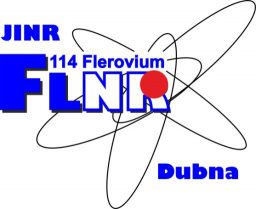Ion-Beam Induced Structural and Chemical Changes in Targets used for Superheavy Element Production
Carl-Christian Meyer, Johannes Gutenberg University Mainz
Host: Walter Reviol
Monday, November 29, 2021 – 11:00 AM
Via ZoomGov https://argonne.zoomgov.com/j/1604808116
Passcode: 730078
Rare actinide isotopes are essential in many basic science research projects, yet working with them always features unique aspects, especially due to their limited availability and often high radioactivity.
Production, characterization, and optimization of samples of exotic radioisotopes, mostly actinides, is a key area of research in our group. Production is often done by molecular plating (MP), an electrochemical deposition from alcoholic solution. Aspects relevant to superheavy element production via heavy-ion fusion reactions with actinide targets produced through MP will be discussed in more detail. The chemical composition of MP thin films has not yet been conclusively resolved. Long-term stability of MP-produced targets is achieved via “baking-in”, in which the fresh target is exposed to successively increasing ion beam intensities. This leads to non-trivial structural and chemical transformations, which have hitherto mostly been described by studies using microscopic methods, like AFM and SEM.
MP targets of the same thickness of different lanthanides were prepared and characterised by Raman spectroscopy. This provided new insights into the systematics of the MP process. To improve our understanding of the baking-in processes, comparative tests were carried out using Coulomb barrier heavy-ion beams from the UNILAC accelerator at GSI Helmholtz Centre for Heavy Ion Research Darmstadt. As a next step to support the Raman data Ion Beam Analysis (IBA) was conducted at the Helmholtz-Zentrum Dresden-Rossendorf, Germany, to obtain depth-resolved changes in the lanthanide-oxygen-carbon-ratios in the MP thin films. Supplementary analyses were carried out at the Joint Research Centre of the European Commission in Karlsruhe/Germany.
At the seminar preliminary new insights into MP thin films and their behaviour under irradiation will be presented. Lastly, an outlook on new target production techniques from JGU Mainz will be given.
